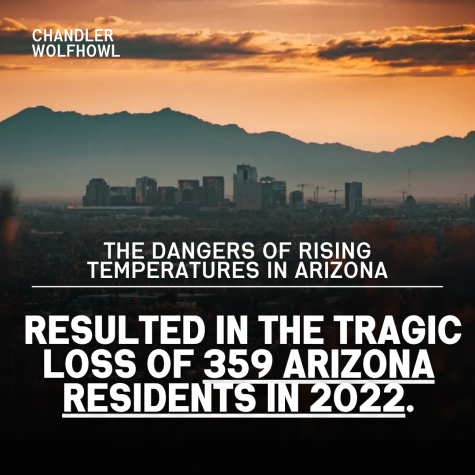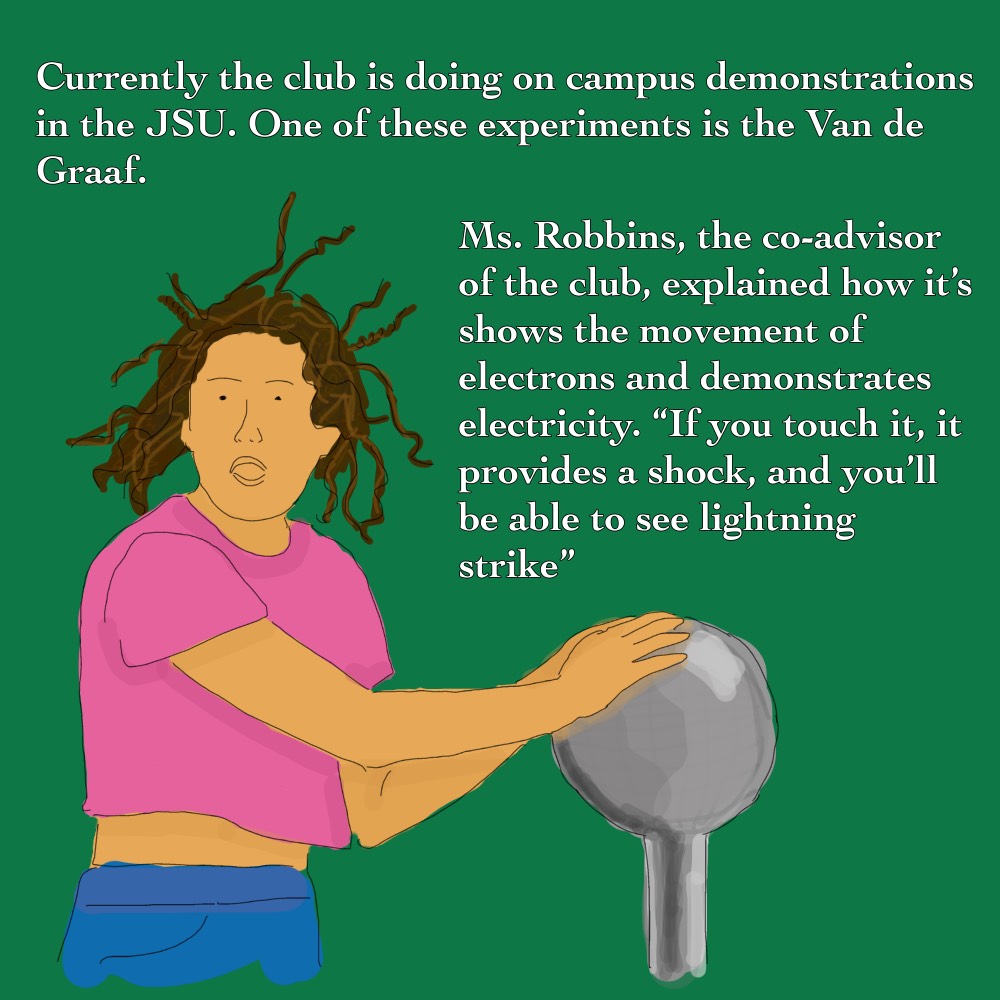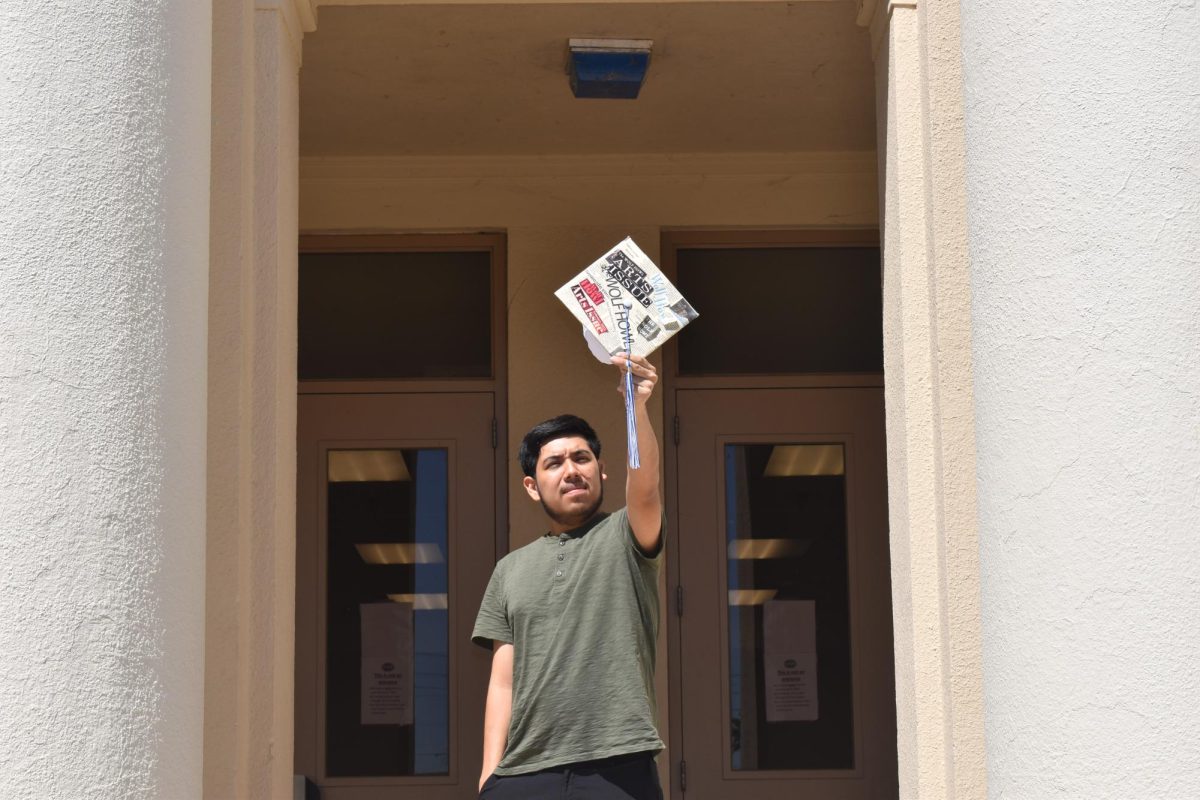
I moved to Arizona when I was 4 years old, in the year 2010. At this time, Arizona had an average temperature of 96 degrees, with an “unheard” of 112 degrees maximum. 13 years later, in the year 2023, the average summer temperature is 103 degrees, and the maximum is 117 degrees. Since 2010, the average length of summer has increased by five days, a significant increase for many Arizona residents. Although I have the privilege of living in a Chandler suburb, the effects of these rising temperatures can be threatening for many other Arizonans.
The dangerous increase in summer temperatures, along with the droughts and wildfires that come as a result, have serious consequences for the health of the unhoused population, low-income households, and the elderly, as exposure to extreme heat with little protection can cause deadly heat strokes and dehydration. Urban areas in the Phoenix Metropolitan area are especially vulnerable as the heat-absorbent structures such as pavement and parking garages make the effects of climate change even hotter than normal. This phenomenon is called the urban heat island effect. According to the EPA, these “heat islands” occur when cities like Phoenix replace the natural land cover with “…dense concentrations of pavement, buildings, and other surfaces that absorb and retain heat (Environmental Protection Agency)”. As a result of these heat-absorbing structures, energy costs increase to an unprecedented rate, with nighttime temperatures increasing more than 10-15 degrees (when compared to rural Arizona areas). The combination of rising temperatures, lack of infrastructure, and the urban heat island effect resulted in the tragic loss of 359 Arizona residents in 2022.
One of the main causes of heat-related death is the lack of access to air conditioning, since increased temperatures make energy costs more out of reach for many in the metro area. In fact, a recent study showed that “Arizonans pay three times as much as the average U.S. resident for air-conditioning in the summer”. Low-income families cannot afford these prices, causing them to either leave their houses at a stifling 84 degrees (like my family), or flat out avoid using air conditioning at all possible costs. As temperatures rise across the state, and AC becomes even more expensive, deaths will only increase, and life in Arizona will soon become unbearable for many.
The dangers of climate change mean that Arizonans must do more to advocate for a greener metropolitan area. This can be as simple as planting more trees, or even putting up more shelter around unhoused populations. We must replace the concrete buildings with more sustainable and permeable pavements, and advocate for more government-funded shelters for everyone. It will not be a simple task, but it is imperative that this change happens sooner than later; otherwise, the rising temperatures will take more lives than ever imaginable.























